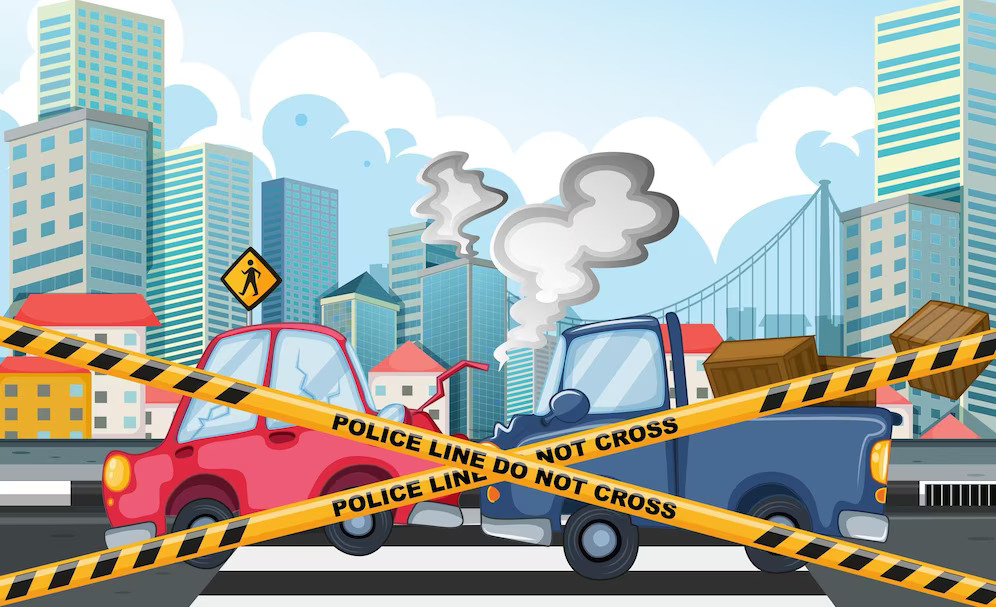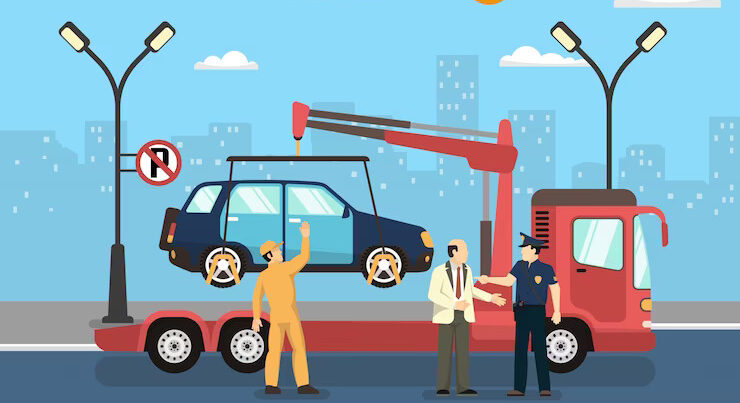What Area of the Work Zone Do Most Crashes Occur?
Hundreds of people are killed or injured yearly in work zone crashes. These accidents can happen anywhere but are more common in highway construction zones.
Drivers must pay attention to traffic signs and signals when they are driving in a work zone. They also must maintain a safe following distance to avoid a rear-end crash.
Areas of the Work Zone Where Most Crashes Happen?
Traffic Lanes
According to Worksafe Traffic Control Industries, most crashes occur in the right and left lanes of the roadway. Drivers should always remain in the right lane when making left turns or entering or exiting a roadway and use the left lane when driving at a speed slower than the other traffic.
Vehicles should always stay to the right of yellow lines that separate lanes for traffic traveling in opposite directions. This will help drivers avoid a collision with other vehicles and help keep the road clear for passing.
Pavement markings can also warn of potential hazards on the roadway ahead, such as a highway-rail grade crossing or a speed hump. Some pavement markings consist of a row of solid triangles, while others may include a series of progressively wider lines that indicate a yield or other safe movement.
In addition to pavement markings, signs can help drivers understand where they need to be when making a turn or crossing the street. These can range from a sign indicating the location of a turn lane to a flashing arrow board directing you when you must make a move.
These signs can be found on the road, in the middle of the road, or in a sign box on the side of the road. Some of these signs have a diamond symbol that indicates reserved lanes for buses, HOV (High Occupancy Vehicles), bicycles, and other special vehicles.
When it comes to bus lanes, carpool lanes, and HOV lanes, drivers should only enter these lanes when they meet the requirements outlined on the sign. If they do not, they should merge into the normal lanes as soon as they can and drive at the posted work zone speed.
It is a good idea to take the time to look at all of the signs before you decide to drive in a work zone. This will help you remember which ones are important and which are not, which may prevent you from having to deal with problems later on.
When it comes to safety, drivers should always stay calm and focused on the job at hand. In addition, they should not distract themselves with cell phone calls or other activities.
Edge-of-Pavement Drop-Offs
A pavement edge drop-off (PEDO) is a significant elevation change between the travel lane and its adjacent shoulder or between two adjacent travel lanes. This condition is known to be hazardous to motorists, particularly smaller vehicles like compact cars, motorcycles, and trailer-pulling vehicles.
PEDO can be caused by a variety of conditions, including erosion, wear of the unpaved shoulder, and inadequate maintenance. It typically occurs around mailboxes, on the inside of curves, on steep grades, and on turnarounds where the paved shoulder becomes less stable over time.
According to FHWA and GDOT researchers, most crashes involving PEDO occur near a road construction work zone or during traffic control in a work zone. They also state that PEDO is a common source of tort liability claims against highway agencies and their contractors.
A safety edge can be installed on the paved surface to reduce the severity of PEDO. The edge should be tapered to 30 degrees from the horizontal so it does not have a sharp and vertical drop-off. This proven and durable solution is easy to include in paving and provides a safer roadway edge.
Research has shown that drivers and their vehicles can recover safely when the edge of the paved surface is designed to have a 30-degree taper. In fact, this type of edge is gaining popularity and can be included in road resurfacing projects at a minimal additional cost.
Another safe way to minimize or eliminate PEDO is to install curbs where the paved shoulder transitions onto the road surface. This feature not only provides a safer transition for drivers, but it also helps to channel runoff to stormwater facilities.
Using curbs is a relatively inexpensive and simple way to prevent accidents, but it is important to maintain inventory so you can identify and repair any curb issues that might arise. In addition, curbs can help drivers to avoid slipping into the shoulder when a vehicle approaches them.
As with all roadways, ensuring that the shoulder is stable and does not sink below the paved travel lane is critical. Over time, this can create a dangerous shoulder edge drop-off.
Turn-Outs
Whether it’s a highway project or a simple pothole patching job, road crews need to block off shoulders, close lanes, and redirect traffic to keep their work crew safe. That can make driving through a work zone confusing and potentially dangerous.
While most work zones have reduced speed limits, drivers should be careful and drive cautiously to avoid crashes. They should also be aware of signs indicating that they are entering or leaving a work zone, including the “bent” lane and flashing arrow boards.
Drivers should also watch out for vehicles that slow or stop in front of them as they approach a work zone. This can cause a rear-end crash, especially if the vehicle in front of you is a large truck or SUV.
Be sure to leave a lot of room between you and the car ahead so that you can stop in time. This may require you to slow down or even change lanes.
The most common work-zone crash is a rear-end collision. That happens when a vehicle tries to pass or merge into a lane that is narrowed by construction equipment or the presence of a flagger.
This type of crash is particularly dangerous for pedestrians and can result in death. In fact, a recent study found that a pedestrian in a work zone was killed every three hours.
Many states have laws that require drivers to move over a lane, if possible when passing emergency vehicles, tow trucks, and transportation maintenance vehicles in work zones. Failing to comply can lead to fines and, in some cases, jail time.
These types of work-zone crashes often involve the driver’s inattention. They might talk on a cell phone, reach for something in their cab or look at their GPS system.
They might be distracted by an oncoming work vehicle or a worker manning the traffic control device in front of them. They might also be distracted by a truck-mounted attenuator, which is a big crash cushion that protects workers on the back of a heavy truck or trailer.
Despite their efforts, road crews are still at risk in work zones. This is especially true in the summer when traffic is at its busiest.
Intersections
Intersections are often the most dangerous areas of the work zone because many drivers and pedestrians pass through them regularly. They are also where most accidents occur.
A study by the Centers for Disease Control (CDC) found around 104,000 people go to the emergency room each year after an accident at an intersection. These incidents can be caused by several factors, such as driver error, distracted driving, or a failure to yield to a pedestrian.
The CDC also reported that many of these injuries result from vehicle collisions with pedestrians who are walking or using bicycles. These types of crashes tend to cause more serious and fatal injuries.
In addition, drivers who ignore traffic signals may contribute to many accidents at intersections. These accidents typically involve a car traveling at a high speed and failing to stop in time when it sees a red light.
Another common type of crash at intersections is a head-on collision. This can be the result of an intoxicated or tired driver who swerves into another lane. The other vehicle’s occupants usually face severe or life-threatening injuries, as well as the driver.
It is important to avoid tailgating, which involves driving too close to the car in front of you. This can be especially hazardous at intersections because cars are less likely to stop short and could hit you.
Moreover, drivers should not enter work zones without looking for signs that tell them which lane to drive in. This will help ensure that all road users, including workers, remain safe and mobile during construction.
Many different types of traffic control devices can be used to protect road workers and motorists in work zones. These devices include signs and warnings that indicate the direction of traffic, lane changes, and other methods to keep drivers and road workers safe. They should be obeyed and taken seriously so everyone can get home safely at the end of the day.


















